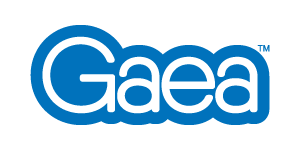Facilities and Real Estate Management (FREM) Series, Part 3

Welcome to part 3 of our facility and real estate management (FREM) series. In part 1, we introduced the top 6 challenges faced by facility managers, and in part 2, we discussed the details of the first two challenges, ensuring that the facility is always functionally operational and safe, and energy efficiency management. You can review parts 1 and 2 by clicking the links above.
Here in part 3 we’ll look at the next two challenges: compliance standards management and maintaining aging assets and infrastructure.
Compliance Standards Management
 Staying current with all of the regulatory and compliance standards is another tough challenge faced by facility managers. Safety and quality issues exist that could potentially violate federal, state, or city laws and regulations, putting buildings and occupants at serious risk. Facility managers need to proactively coordinate, manage, and monitor internal and external risks associated with facility regulatory compliance. Such a compliance program is needed to stay one step ahead of the ever-changing, stringent regulatory codes and regulations, and to protect an organization from calamities, fines, and penalties.
Staying current with all of the regulatory and compliance standards is another tough challenge faced by facility managers. Safety and quality issues exist that could potentially violate federal, state, or city laws and regulations, putting buildings and occupants at serious risk. Facility managers need to proactively coordinate, manage, and monitor internal and external risks associated with facility regulatory compliance. Such a compliance program is needed to stay one step ahead of the ever-changing, stringent regulatory codes and regulations, and to protect an organization from calamities, fines, and penalties.
One way to accomplish the task of maintaining compliance standards is to utilize many of the free resources widely available on the internet, for example, by reading leading industry blogs. Likewise, it is important to allocate time (and budget) to explore continuing education, which may include attending industry workshops and seminars, or even working toward online or offline certifications.
Maintaining aging assets and Infrastructure
Another big challenge faced by facility managers is dealing with aging assets, equipment, and infrastructure. Over time, assets and buildings age and despite our best efforts, naturally begin to wear out. Eventually, the aging process begins to affect facility operations. Of course, preventative maintenance goes a long way toward counteracting the deterioration associated with aging infrastructure, but inevitably, assets from furnaces in the basement to HVAC units on the roof (and the roof itself for that matter!) will need to be repaired and/or replaced.
Proper inspections, warranty tracking, deficiency management, analyzing replacement costs of the equipment, budgeting, and planning for these inevitabilities helps to soften the blow, maintain safe working conditions, and ultimately keep them from draining corporate revenue.
Continue on to part 4.

